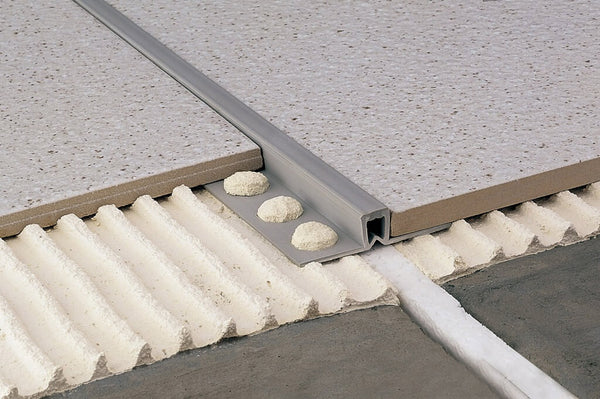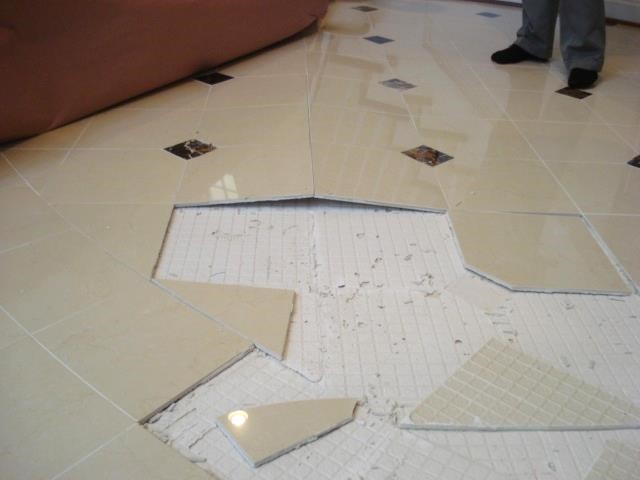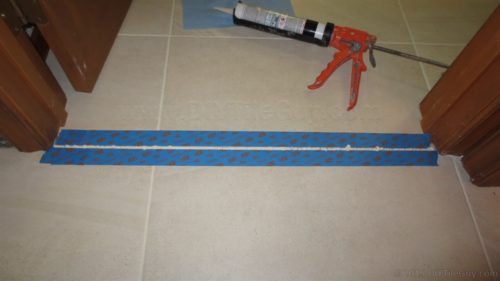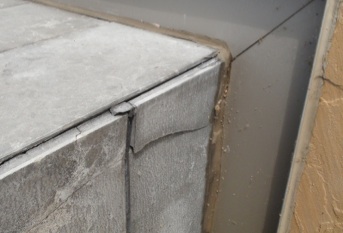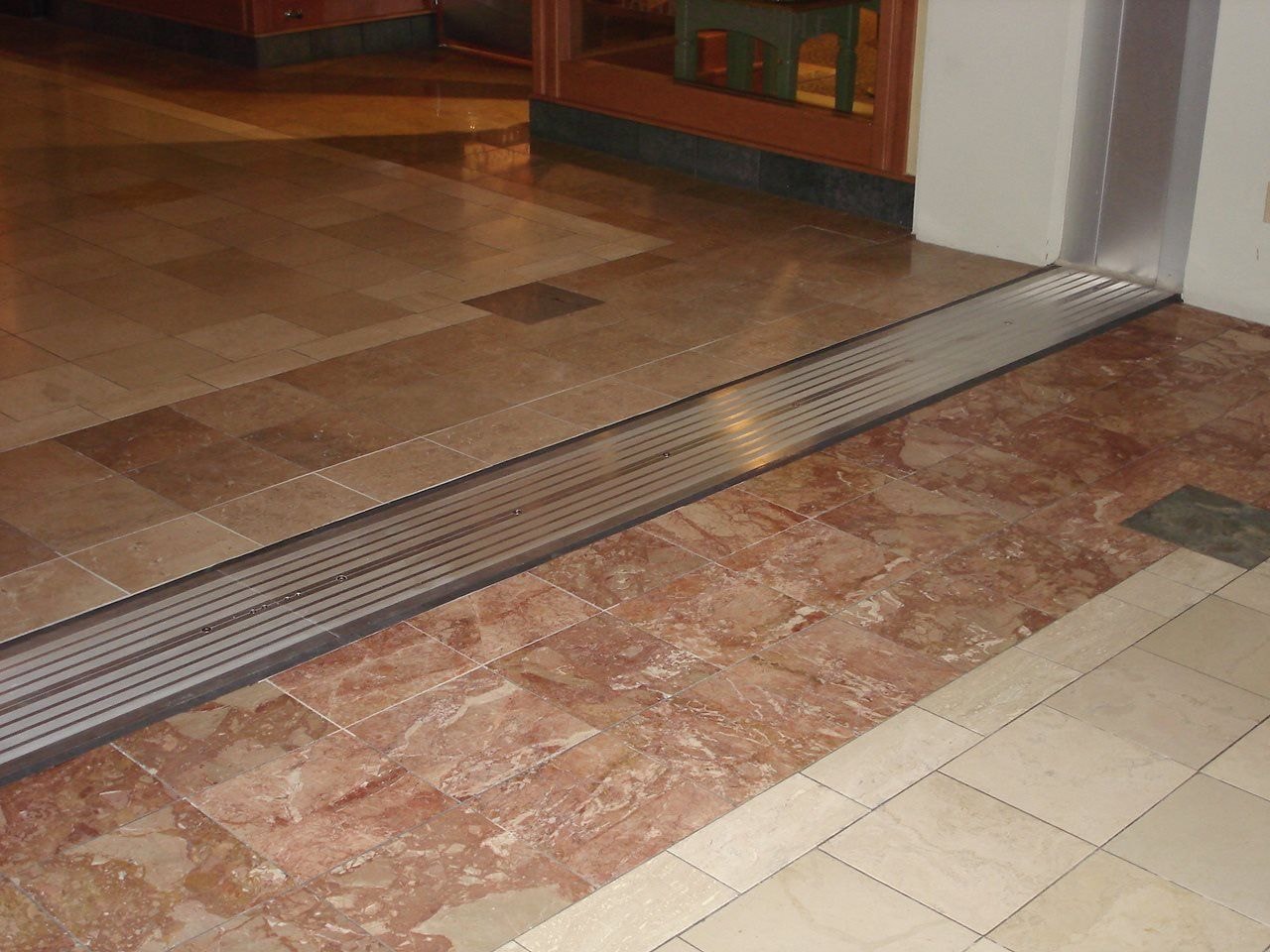Are Tile Movement Joints Needed At Raised Floors

Debonded and raised several inches off its substrate during the heat of the day but was lying flat at night when it cooled down.
Are tile movement joints needed at raised floors. This author has seen tile floors that did not have adequate movement joints where a portion of the floor was tented i e. There are two kinds of movement joints. However sealant would be needed on the fourth wall in the joint between the house wall and the edge of the last tile. If the tile surface is not appreciably affected no accommodation is needed in the joint spacing.
A tiled surface is similar to a sheet of glass in its rigid nature and this can cause problems when there is movement. A movement joint is the interruption of the surface to allow for movement. The lack of movement joints gives the tile assembly no room to expand causing the tile to pop up or tent most times in the middle of the floor. Also known as soft joints.
John since the three sides of the deck are not restricted by any walls or columns movement accommodation joints would not be required. Ceramic porcelain and stone tile expands and contracts with thermal and moisture changes in the environment. Simply put a movement joint is a gap or space next to a tile that lets a tile floor move a bit. The following is a partial list.
Referred to as a movement expansion or stress relieving joint expansion joints are often used when tiling large floors to break up the floor covering in to separate sections. Movement joints are not optional they are required. In almost every case the substrate will move differently to the covering material. For a good example of how small horizontal movements can result in exponentially larger vertical movements one can take a 1219 mm 48 in metal ruler and lay it on a horizontal surface.
Only the area subjected to increased temperature needs to have movement joints more closely placed not the entire floor if elsewhere the floor is an even temperature. Each bay is then sub divided into smaller bays by stress relieving joints not greater than ten metres apart. What the tcnahandbooksays about movement joints. Make a note of where your outdoor tile expansion joints will go when doing the patio layout.
Stress relieving joint they are needed because all tiles expand and contract with temperature and moisture changes. You must allow for this movement in all residential and commercial projects. If no movement joint has been installed cracking of the tiled surface is highly likely. What other things should be considered when determining spacing for movement joints.
If there are joints in the concrete slab under the tile there needs to be an expansion joint in the concrete slab as well. Otherwise the movement that those joints allow in the slab could carry up into the tile and compromise your installation. In large floors it is advisable to incorporate movement joints forming bays at no more than 30 metre intervals.
